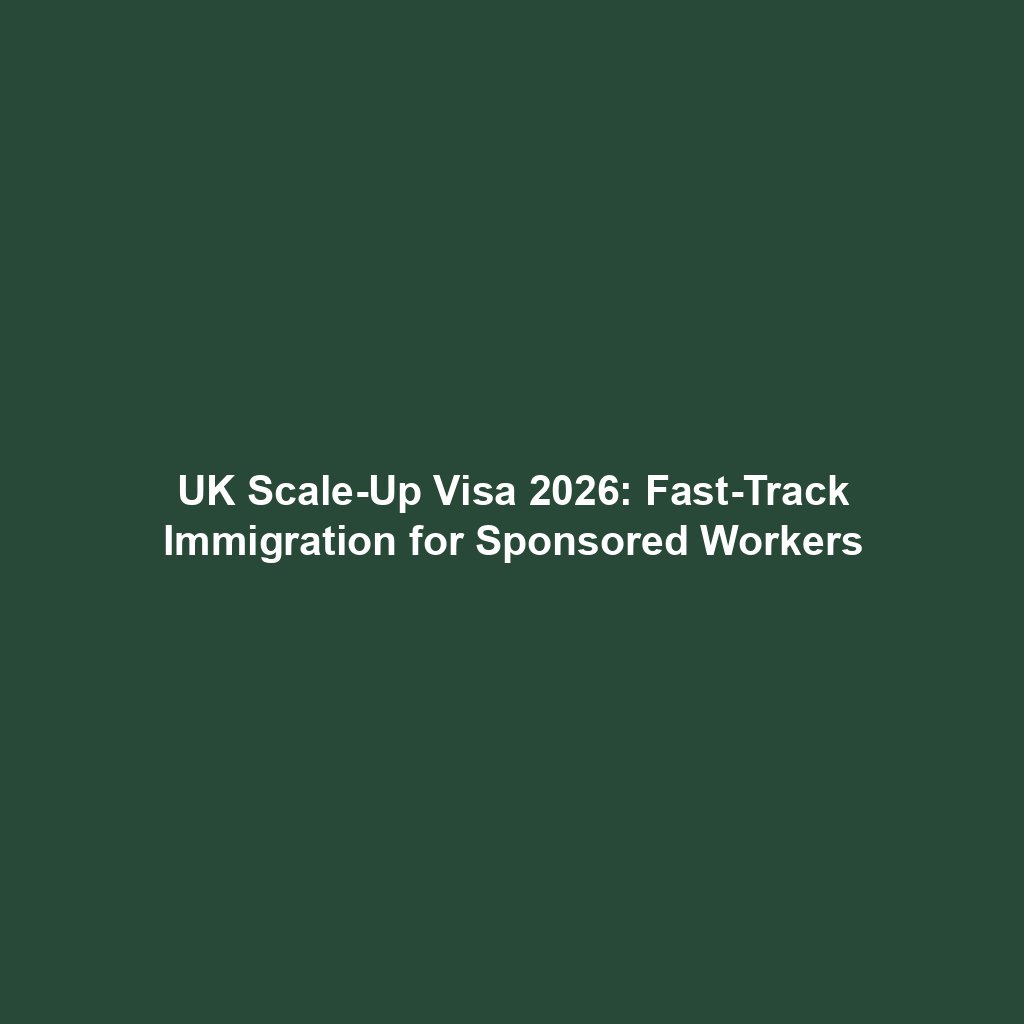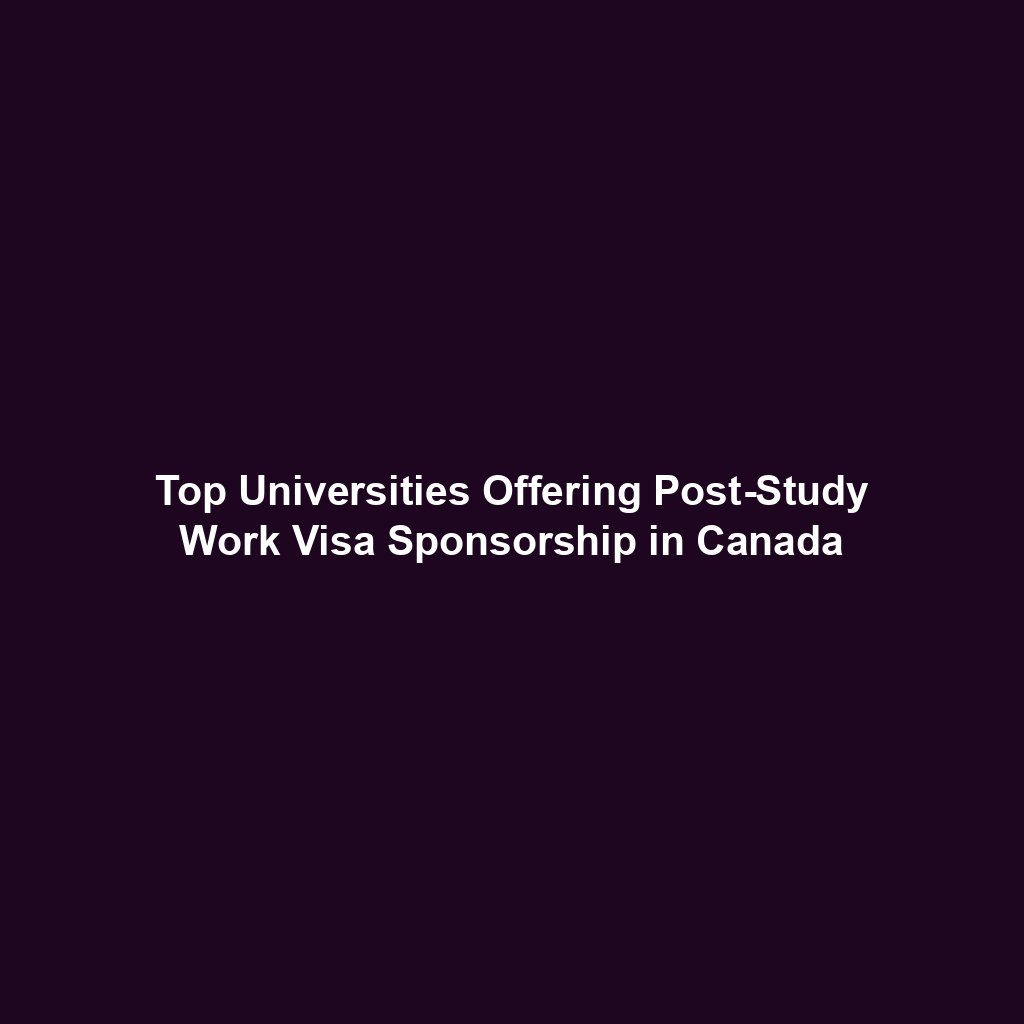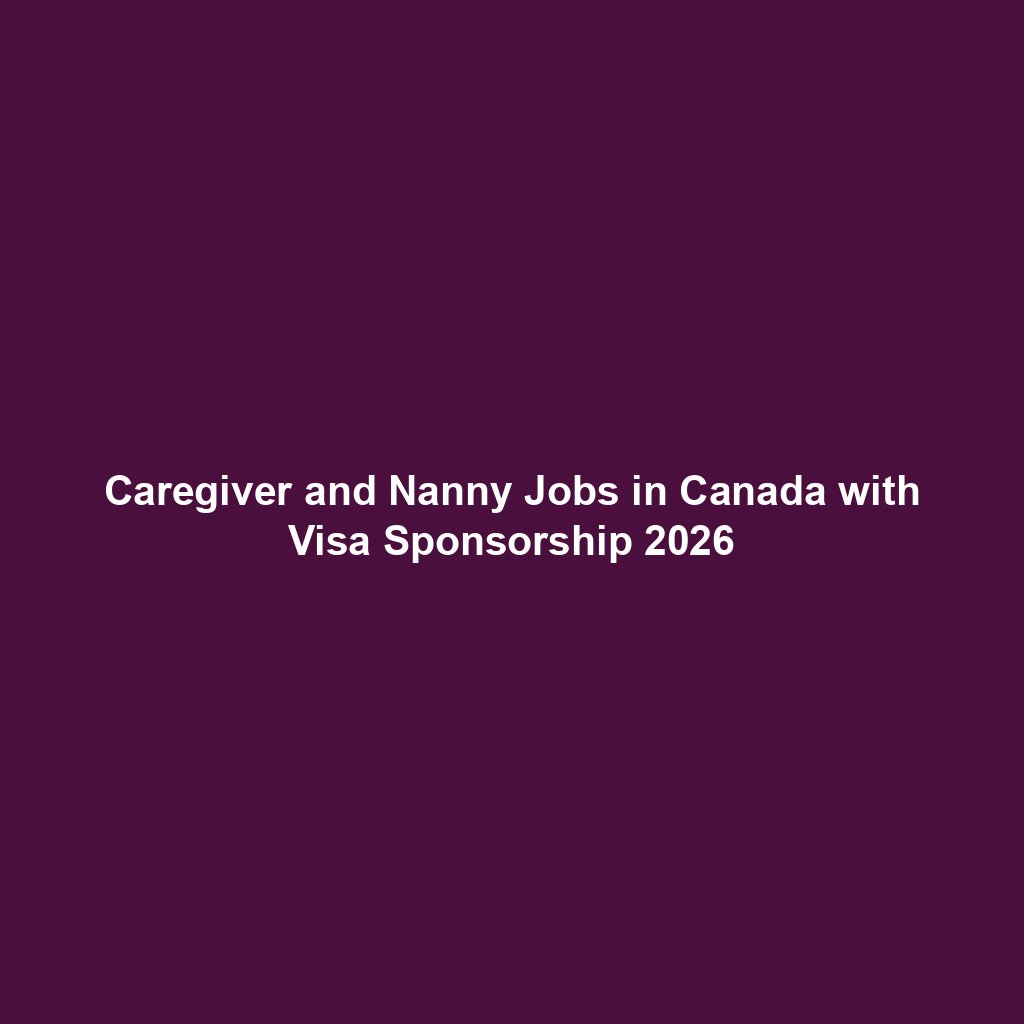Discover simple and practical ways to move to Canada in 2026 with a sponsored job offer. Learn about visa options, application steps, LMIA, and how to secure your pathway to Canadian permanent residency.
Canada remains one of the most immigrant-friendly countries in the world. With a robust job market, high standard of living, and inclusive immigration policies, it’s no surprise that thousands of people around the globe dream of moving there. The great news? You don’t need to be a highly skilled professional or a millionaire to make it happen. In fact, getting a sponsored job offer from a Canadian employer is one of the easiest and fastest ways to move to Canada in 2026.
Whether you’re an unskilled worker, tradesperson, or someone with basic job experience, Canada offers several immigration programs that allow employers to sponsor foreign workers and even help them transition into permanent residents over time. This blog post will guide you through the most effective ways to move to Canada with a job offer in 2026—no complex jargon, just easy-to-understand advice.
Key Highlights
- 🇨🇦 Canada will welcome over 460,000 new immigrants in 2026, with a major focus on job-based immigration.
- 💼 Sponsored job offers can lead to work permits and permanent residency.
- ✅ Programs like TFWP, AIP, and PNPs are ideal for foreign job seekers.
- 📋 A Labour Market Impact Assessment (LMIA) is often required for sponsorship.
- 📍 Popular provinces for sponsored workers include Ontario, Alberta, British Columbia, and Nova Scotia.
What is a Sponsored Job Offer in Canada?
A sponsored job offer means a Canadian employer is willing to hire a foreign national and help them obtain the necessary work permit or visa. In most cases, the employer needs to prove that no qualified Canadian is available for the role and secure a Labour Market Impact Assessment (LMIA).
With an LMIA-approved job offer, you’re eligible to apply for a closed work permit, allowing you to legally live and work in Canada under the terms of your contract. Some programs even allow you to bring your spouse and children, and offer a pathway to permanent residency (PR).
Easy Ways to Move to Canada with a Sponsored Job Offer in 2026
1. Temporary Foreign Worker Program (TFWP)
The TFWP is one of the most popular ways to move to Canada with employer sponsorship. It allows Canadian companies to hire foreign nationals for temporary jobs when no Canadian citizens or permanent residents are available.
Who is it for?
- Unskilled and semi-skilled workers (e.g., farm workers, food servers, cleaners, drivers)
- Skilled trades (e.g., welders, plumbers, electricians)
Requirements:
- Valid job offer from a Canadian employer
- LMIA approval from Employment and Social Development Canada (ESDC)
- Medical exam and police certificate (if required)
Visa Type: Closed work permit
Processing Time: 8–12 weeks
Validity: Typically 1–2 years, renewable
📍 More info: Canada.ca – TFWP
2. Atlantic Immigration Program (AIP)
The AIP is designed to help employers in Atlantic Canada hire foreign workers to fill labor gaps. The best part? No LMIA is required, and the job offer can lead directly to permanent residency.
Who is it for?
- Workers with job offers in Nova Scotia, New Brunswick, Newfoundland & Labrador, or Prince Edward Island
- Entry-level and intermediate-skilled workers
Requirements:
- Full-time job offer from a designated Atlantic employer
- Language test (CLB 4 minimum)
- Settlement plan for yourself and your family
Visa Type: Work permit and PR application
Processing Time: Around 6 months
📍 See the AIP Employer Directory
3. Provincial Nominee Program (PNP) with Employer Job Offer
Each Canadian province has its own Provincial Nominee Program (PNP) with streams specifically for foreign workers with a job offer from an employer in that province.
Popular Streams with Employer Sponsorship:
- Ontario Employer Job Offer: Foreign Worker Stream
- BC Skills Immigration: Entry Level & Semi-Skilled (ELSS)
- Saskatchewan International Skilled Worker – Employment Offer
Requirements:
- Full-time job offer from an eligible employer
- Language proficiency (varies by province)
- May need post-secondary education or relevant experience
Visa Type: Provincial nomination → PR
Processing Time: 6–8 months (varies by stream)
📍 Learn more: Canada.ca – PNP Overview
4. Rural and Northern Immigration Pilot (RNIP)
The RNIP helps smaller, rural communities attract foreign talent. Employers in participating communities can sponsor foreign workers, and the community recommends them for permanent residency.
Participating Communities in 2026:
- Sudbury (ON), Moose Jaw (SK), Vernon (BC), West Kootenay (BC), etc.
Requirements:
- Full-time, non-seasonal job offer
- Meet community-specific wage and experience guidelines
- Language test and settlement plan
📍 Check available jobs at: RNIP Community Websites
5. Agri-Food Pilot Program
This program helps employers in the agriculture and food processing sector hire foreign workers on a permanent basis.
Eligible Jobs:
- General farm workers
- Meat cutters, industrial butchers
- Harvesting labourers
- Food processing workers
Requirements:
- Full-time job offer in an eligible agri-food occupation
- 1 year of non-seasonal work experience
- CLB 4 in English or French
- High school diploma minimum
📍 Apply through: Agri-Food Pilot Info
How to Secure a Sponsored Job Offer
1. Search LMIA-Approved Job Listings
Use official and trusted websites to find legitimate Canadian employers willing to sponsor foreign workers:
- Job Bank Canada – Filter for “Jobs for Foreign Workers”
- Indeed Canada – Search “LMIA jobs” or “visa sponsorship”
- Workopolis – Jobs in construction, hospitality, and cleaning
- CanadaVisa Job Board – Curated for immigrants
2. Tailor Your Resume to Canadian Standards
Use a clean and professional layout. Avoid photos or lengthy personal information. Focus on relevant skills and job duties.
3. Apply Directly or Through Trusted Agencies
Some licensed recruiters and immigration consultants can connect you to Canadian employers. Be cautious of scams—always verify credentials.
Recommended agencies:
4. Prepare for Virtual Interviews
Employers may schedule Zoom or Skype interviews. Practice answering basic questions and speak clearly. Ensure good internet connection and a quiet background.
5. Verify LMIA & Offer Letter
Once offered a job, confirm the employer has or is willing to get an LMIA. This step is crucial for the work permit application.
Conclusion: Take the First Step Toward Your Canadian Dream
If you’ve been dreaming about starting a new life in Canada, a sponsored job offer could be your golden ticket. Canada needs workers across industries—from agriculture and hospitality to logistics and food processing. In 2026, opportunities are abundant, and many employers are ready to sponsor hardworking, reliable foreign workers like you.
This isn’t just about getting a job. It’s about changing your life—gaining a secure income, better healthcare, education for your kids, and eventually, Canadian permanent residency.
Now is the time to act.
👉 Start applying for LMIA-approved jobs today and take your first step toward a brighter future in Canada.
FAQs
1. What is LMIA, and why is it important?
An LMIA (Labour Market Impact Assessment) is a document Canadian employers need to hire foreign workers. It proves there are no local workers available for the role. Without it, you cannot get a sponsored work permit in most cases.
2. Can I bring my family with a sponsored job offer?
Yes. Many work permits allow you to bring your spouse (with an open work permit) and children (with study permits or visitor visas).
3. Do I need IELTS for a sponsored job?
It depends on the immigration program. For TFWP, IELTS isn’t always needed. But for permanent residency (like AIP or PNP), you must prove basic English or French language skills.
4. How long does the process take?
From job offer to visa approval, the timeline can range from 2 to 6 months, depending on the employer, job type, and program used.
5. Are these jobs permanent?
Initially, most sponsored jobs are temporary, but many lead to permanent residency through programs like AIP, PNPs, and the Agri-Food Pilot.






